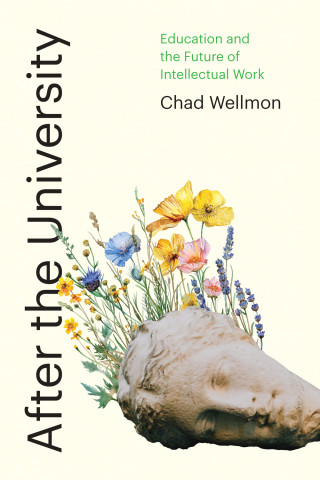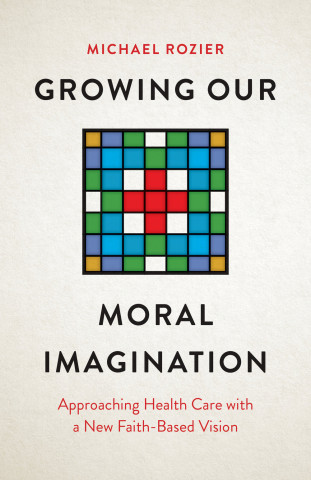
Reviews
Providing a comprehensive and detailed body of work involving sexual assault in US college and university settings, this book will be useful for college administrators and Title IX professionals.
This very well-written book sets up a compelling need for greater attention to be paid to the topic of sexual assault in schools and university workplaces. Providing an excellent and soundly researched overview of the topic, this book has the potential to positively impact practices on campus, creating a safe environment where everyone can thrive.
As women strive for gender equality, we still see a large number of cases of sexual abuse of women in educational settings like universities. This book is the only one that systematically addresses the issue of sexual violence in college in a very practical and game-changing way. A must-read for university administrations throughout the world if they are serious about tackling this problem.
A desperately needed book from the introduction to the references, Ending Sexual Violence in College provides critical insights on the prevalence and destructiveness of sexual violence in college—and, importantly, on how to prevent it. Along with powerful real-life examples, the book addresses Title IX, suggestions for campus-wide education, and measures for justice and healing.
Book Details
Acknowledgments
Chapter 1. Introduction
Chapter 2. The Evolution of Title IX
Chapter 3. Challenges to Protecting Women from Sexual Assault and Its Aftermath
Chapter 4. Building a Strong, Secure Campus
Acknowledgments
Chapter 1. Introduction
Chapter 2. The Evolution of Title IX
Chapter 3. Challenges to Protecting Women from Sexual Assault and Its Aftermath
Chapter 4. Building a Strong, Secure Campus Culture
Chapter 5. Student Education and Training Programs
Chapter 6. Faculty Education and Training
Chapter 7. Education and Training for Everyone on Campus
Chapter 8. Responding to Incidents
Chapter 9. Healing and Seeking Justice
Chapter 10. Three Institutional Cases
References
Index





